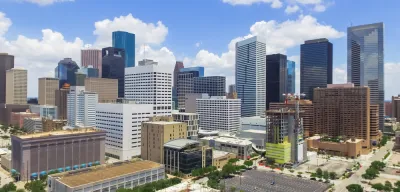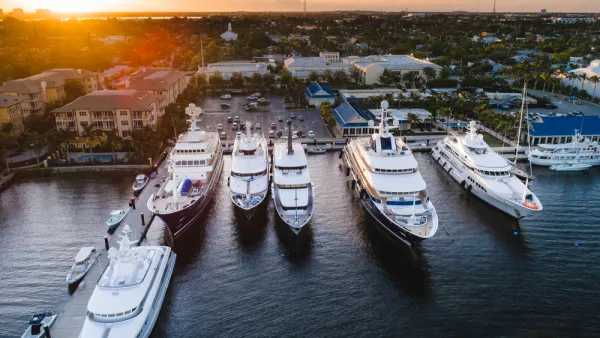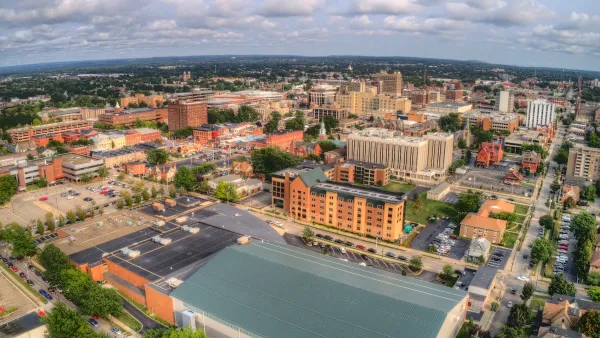Opportunity zones are so far only benefitting the moneyed interests of the real estate industry.

From the beginning, critics have warned that the Opportunity Zones initiative, enabled by the 2017 GOP tax reform bill, would deliver most of its benefits to already-wealthy developers and investors, rather than the residents, workers, and businesses located in low-income urban areas.
So far, those warnings seem to be coming true. According to an article by Jesse Drucker and Eric Lipton, the story of the Opportunity Zone program is a story of a "wave of developments financed by and built for the wealthiest Americans." Stating that claim another way, Drucker and Lipton write that the program is providing a "once-in-a-generation bonanza for elite investors."
Instead of investments that provide new housing jobs, and businesses in low-income, urban neighborhoods, "billions of untaxed investment profits are beginning to pour into high-end apartment buildings and hotels, storage facilities that employ only a handful of workers, and student housing in bustling college towns, among other projects," according to the article.
The investments by wealthy investors, in already-relatively-wealthy neighborhoods, were made possible by the boundaries of the 8,000 zones approved by the Treasury Department in 2018. The maps did manage to capture the low-income struggling neighborhoods promised by supporters of the program, but there was a not-so-hidden opportunity for investments outside of the program's original intent:
Nearly a third of the 31 million people who live in the zones are considered poor — almost double the national poverty rate. Yet there are plenty of affluent areas inside those poor census tracts. And, as investors would soon realize, some of the zones were not low income at all.
The article is feature-length, with in-depth behind-the-scenes reporting in the halls of the wealthy elite as the investments roll in. A detailed history of the formation of the program, its earliest supporters, and its evolution so far are also included.
FULL STORY: How a Trump Tax Break to Help Poor Communities Became a Windfall for the Rich

National Parks Layoffs Will Cause Communities to Lose Billions
Thousands of essential park workers were laid off this week, just before the busy spring break season.

Retro-silient?: America’s First “Eco-burb,” The Woodlands Turns 50
A master-planned community north of Houston offers lessons on green infrastructure and resilient design, but falls short of its founder’s lofty affordability and walkability goals.

Delivering for America Plan Will Downgrade Mail Service in at Least 49.5 Percent of Zip Codes
Republican and Democrat lawmakers criticize the plan for its disproportionate negative impact on rural communities.

Test News Post 1
This is a summary

Test News Headline 46
Test for the image on the front page.

Balancing Bombs and Butterflies: How the National Guard Protects a Rare Species
The National Guard at Fort Indiantown Gap uses GIS technology and land management strategies to balance military training with conservation efforts, ensuring the survival of the rare eastern regal fritillary butterfly.
Urban Design for Planners 1: Software Tools
This six-course series explores essential urban design concepts using open source software and equips planners with the tools they need to participate fully in the urban design process.
Planning for Universal Design
Learn the tools for implementing Universal Design in planning regulations.
EMC Planning Group, Inc.
Planetizen
Planetizen
Mpact (formerly Rail~Volution)
Great Falls Development Authority, Inc.
HUDs Office of Policy Development and Research
NYU Wagner Graduate School of Public Service





























